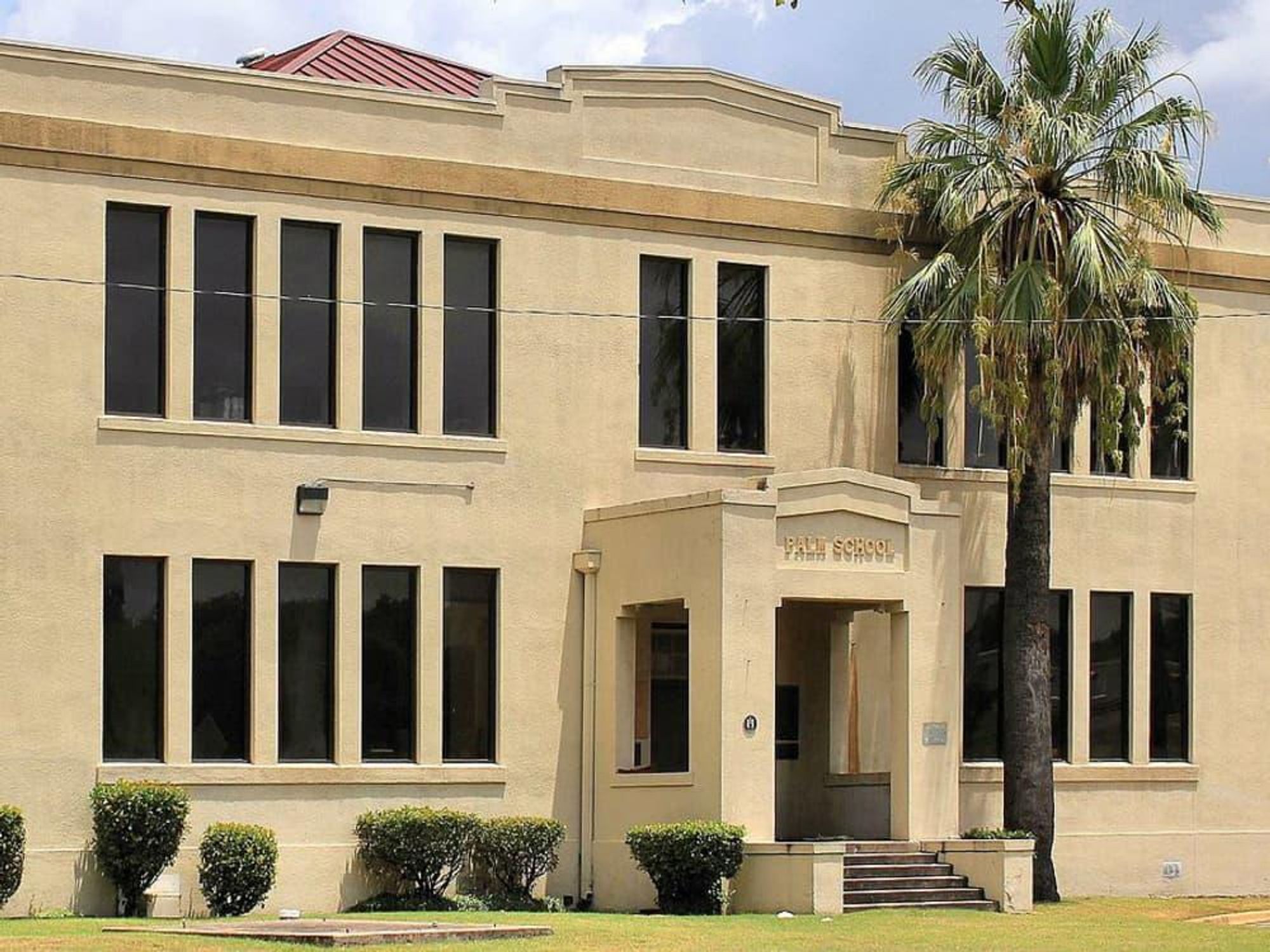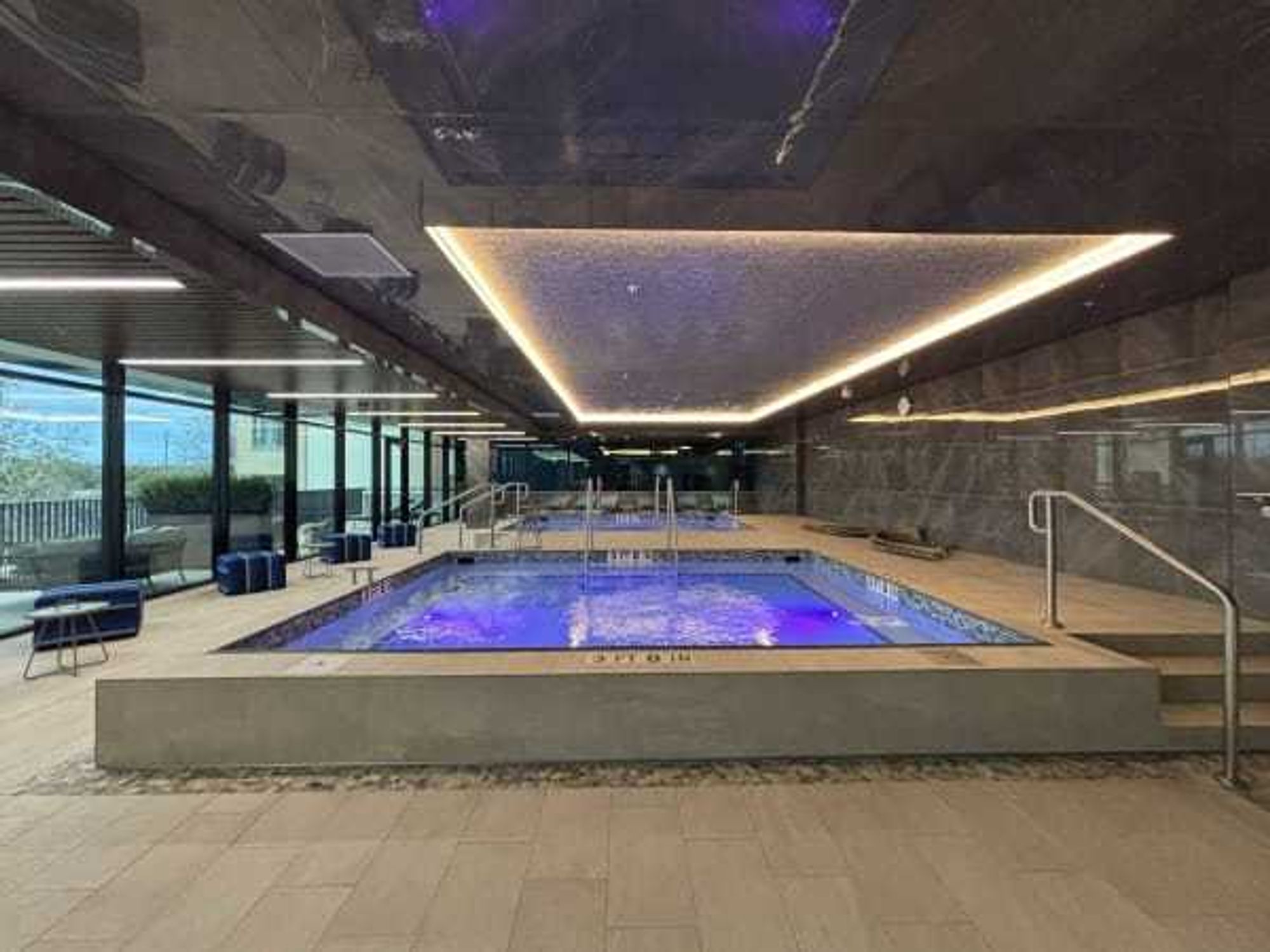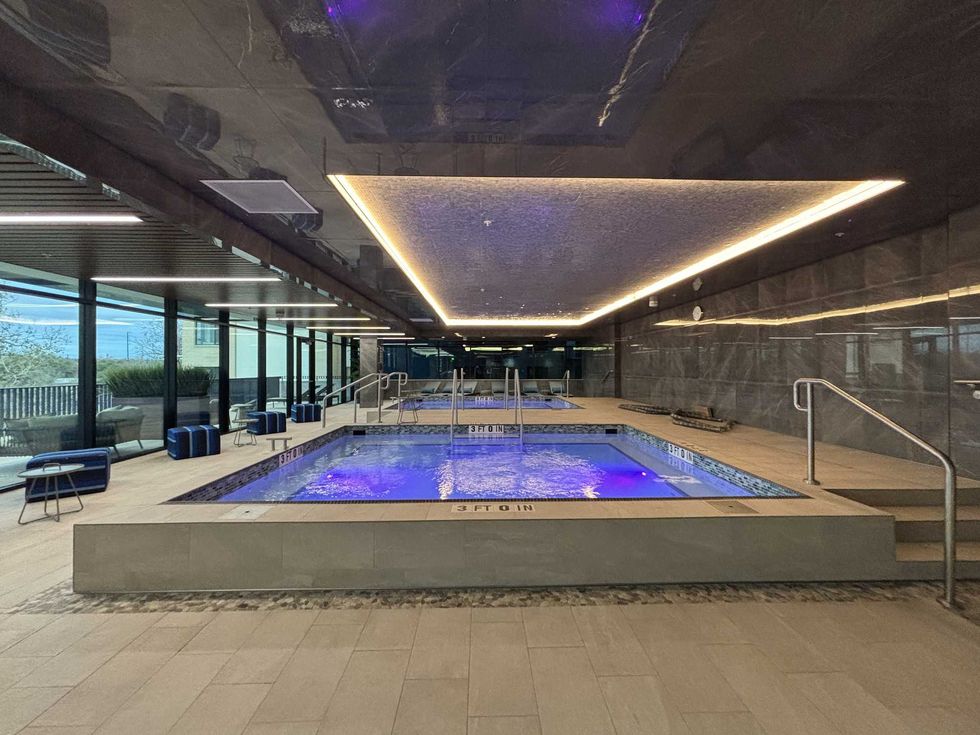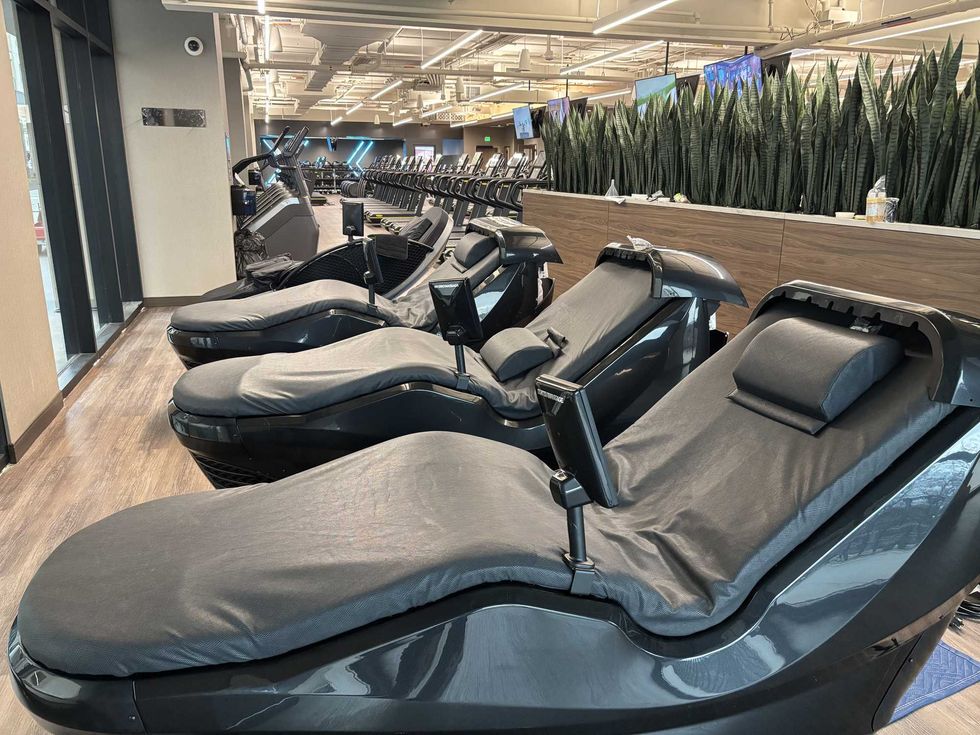History of Austin
Uncertain future can't erase the rich history of downtown Austin's Palm School

Sitting in what is now a bustling, rapidly developing section of downtown Austin is an eye-catching masonry building known as the Palm School. Throughout its 130-year history, the two-story structure has served as a school and government offices, among other iterations.
The Palm School and the adjacent Palm Park have served as an important part of Austin history, but both properties are facing an uncertain future.
From military base to elementary school
When Edwin Waller created the downtown Austin street grid in 1838, the parcel of land at the intersection of what is now I-35 and Cesar Chavez Street became an arsenal block, and in the early days of the Republic of Texas (1836-1845), served as a military base and armory. After Texas joined the United States in late 1845, the site was demilitarized, eventually becoming an elementary school in 1887.
In 1902, school trustees proposed the school at 710 E. First St. (formerly named Arsenal Block School, then 10th Ward School) be renamed Swante Palm School in honor of a local business leader. The school was the second oldest in town; the oldest elementary campus, Pease Elementary, is still operating in West Austin.
Swante Palm
Swante Palm, was born Swante Jaensson on January 31, 1815, in Sweden. He followed his nephew (only one year younger) to New Braunfels, Texas, and later changed his name to Swante Palm. He was an industrious citizen and served as the Swedish consulate from his home on Ninth Street (which, at the time, was also home to boarder O. Henry), helping immigrants acclimate to their new home.
In addition to his varied occupations (including postmaster, meteorologist, justice of the peace, and Austin City Council member), Palm was an avid reader and book collector. At one time, his personal library was the second largest library in Texas.
In his later years, Palm donated his collection to the University of Texas at Austin and was given a room next to the UT library, where he worked as an assistant librarian. Palm died in 1899 and was buried in the Oakwood Cemetery.
His extensive book collection remains at UT, and his name lives on through both the Palm School and Palm Park (situated one block from the Austin Convention Center and next to the Fairmont Hotel).
Deep roots in Austin history
A number of local leaders attended the school, and although the building was not air-conditioned (A/C was first introduced in 1902, but the use of A/C in schools and other buildings did not become mainstream for several more decades) and in a state of disrepair, the school was beloved by students, faculty and neighbors.
Chris Cavner was born at the original Seton Hospital, grew up in the Rosedale neighborhood, and has lived in Austin all of her life. Cavner taught at the Palm School from 1968 to 1973, and has fond memories of the time.
"I loved my kids, neighborhood, and the other teachers," Cavner explains. And although she went on to teach at other campuses, it's those memories that compel Cavner to attend meetings about preserving the original school house — and its rich history.
Cavner felt "connected" to the school because of the history, great stories, and multigenerational families. "You didn't teach at Palm unless you really wanted to be there, and some of the teachers were there for decades," she adds.
The beloved school closed in 1976, and the building was leased to Family Place, a social service agency, before becoming the Travis County Health, Human & Veteran Services offices in 1986. Next year, it will join other county offices at 5501 Airport Blvd. Meanwhile, the Palm School name lives on in the Svante Palm Elementary (spelling variation due to the original language) established in 1986 in the Onion Creek neighborhood.
An uncertain future
This small historic park is part of the Palm square area and is officially named Sir Swante Palm Park. Sarah Marshall, program coordinator with the city parks department, explains why the name was chosen by the city. "In 1883, on one of Palm's two trips to Sweden, King Oscar II awarded him the Order of Vasa in appreciation of his service," Marshall explains. "Much like the 'Most Excellent Order of the British Empire,' Sweden also has orders of knighthood, and therefore, Palm went by Sir. Therefore, he was technically knighted, but not like we think of it today as a British Sir."
The small, but strategically located park, is part of Waller Creek, and the Waller Creek Conservancy has plans to revitalize the area.
"Palm Park is an important part of Waller Creek Conservancy’s efforts to create a new parks district for Austin," the conservancy says on its website. "In addition to restoring the creek’s natural environment, and creating a 1.5-mile connected trail along the creek, we will be transforming Palm Park with new design that provides direct access to the creek and trail, new landscaping, and a number of family-friendly features."
With Travis County moving its offices to Airport Boulevard, and considering that land's prime spot in downtown Austin, future use for the area is still undecided. Though the Palm School building is owned by Travis County, and the adjacent park is owned by the City of Austin, they are intricately connected — and the future use of both will be determined by citizens. (And note, the survey ends April 26.)
If you are interested in attending future use meetings for the space, contact Mark Gilbert, managing director with the Travis County planning department at Mark.Gilbert@traviscountytx.gov for more information.

 Pilates is one of the many modalities on the schedule.Photo courtesy of Life Time
Pilates is one of the many modalities on the schedule.Photo courtesy of Life Time


 This giant sauna doubles as a social amenity.Photo courtesy of Life Time
This giant sauna doubles as a social amenity.Photo courtesy of Life Time The Life Time Lounge offers another place to hang out.Photo courtesy of Life Time
The Life Time Lounge offers another place to hang out.Photo courtesy of Life Time